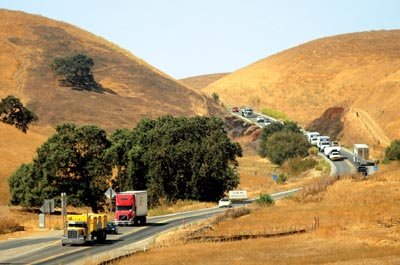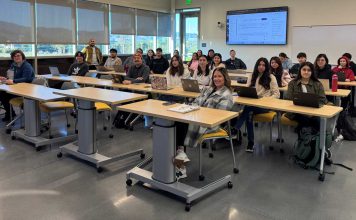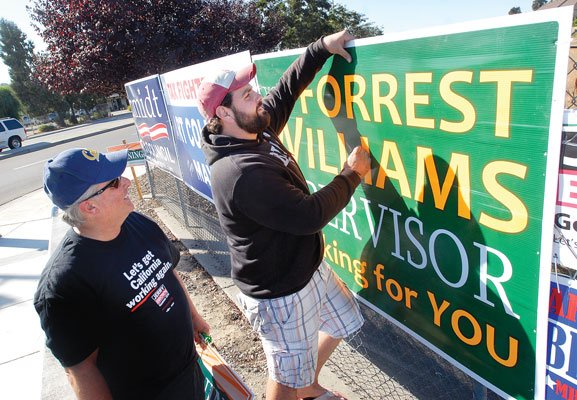The multi-county partnership that was studying the possibility of making Highway 152 a toll road has broken up.
However, the highway becoming a toll road remains a possibility.
The Santa Clara Valley Transportation Authority (VTA) has announced the end of the State Route 152 Mobility Partnership.
The partnership included VTA, the Merced County Association of Governments, Madera County Transportation Authority and the Council of San Benito County Governments. The goal of the group was to help pay for improvements on Highway 152 from Highway 156 near Casa de Fruta to Highway 101 in Gilroy.
“The Mobility Partnership has contributed to regional cooperation between our counties to address the issues surrounding the various elements of this project,” said VTA General Manager Michael T. Burns in a recent news release. “Nevertheless, it has become clear that we can make better progress by advancing the corridor improvements locally.”
Under the partnership, which began in 2010 and was expanded to include Merced County in 2011, MCAG was asked to contribute $7 million toward a $25 million environmental impact report on widening Highway 152 to four lanes between Casa de Fruta and Gilroy. The group was also exploring the possibility of a toll road, which would pay for upkeep of the expanded highway and part of the construction cost for Los Banos’ Highway 152 Bypass.
VTA spokeswoman Brandi Childress said the Los Banos City Council’s opposition to the toll road idea is ultimately what led to the partnership dissolving. Thousands of Los Banosans commute to the South Bay for work each day. But in March, council members voted unanimously against supporting the MCAG providing $7 million.
“We know the city had a dissenting vote,” Childress said. “The vote did have something to do with the decision to end the partnership.”
Childress said Santa Clara and San Benito counties will now work with the California Department of Transportation to advance smaller projects, including a new alignment for Highway 152 around Gilroy and an eastbound truck climbing lane over Pacheco Pass. Childress said the lane widening will probably be placed on the “back burner” but neither it nor the toll road idea will be dropped.
“It’s still a piece of infrastructure that’s needed and we have to find ways to fund those improvements. A toll road is a financing option that is definitely still on the table,” Childress said.
Earlier this year, MCAG Executive Director Jesse Brown, who retired this month, said that Merced County needed to be part of the Mobility Partnership in order to have a say in what happens with the toll road option. This week Mayor Mike Villalta rejected that argument.
“Merced County would never have had a say because that toll road is on the Santa Clara side,” Villalta said. “That partnership was to transfer that $7 million.”
To buttress his point, Villalta points to an internal Caltrans study done in February that stated MCAG would give the $7 million. Villalta, who sits on MCAG’s board of directors, said no vote was ever taken on the issue so it was presumptuous at best for Caltrans to reach that conclusion.
The Mobility Partnership conducted a study in 2010 that identified tolling as a feasible way of paying for the lane widening. Other proposals included using developer fees, leveraging federal funds through private investment and collecting a pre-construction fee.
Lori Flanders of MCAG said the end of the partnership means that there is no funding source for the Highway 152 bypass, but the project still remains her organization’s No. 1 priority.
Villalta said the bypass would have never received enough funding to be built through the Mobility Partnership plan. He said he also believes the bypass project was sixth on the list of improvements the Mobility Partnership was interested in completing.















